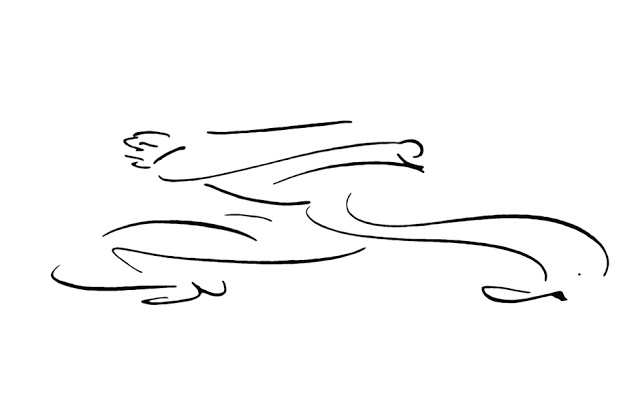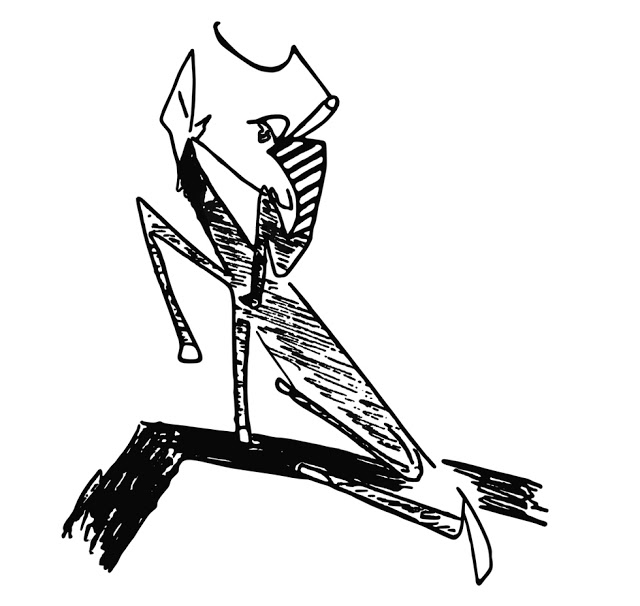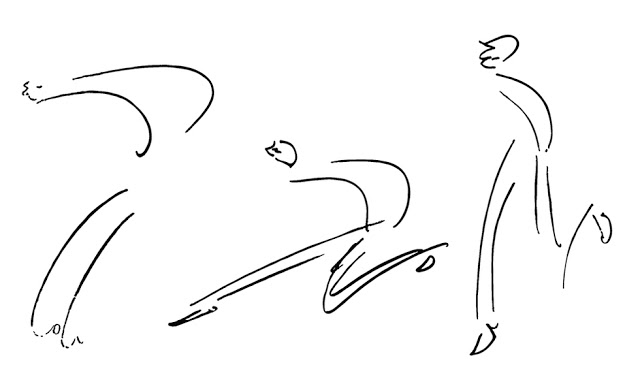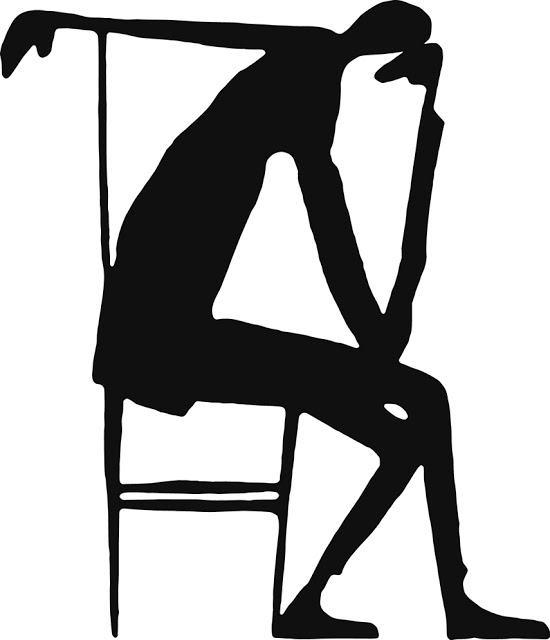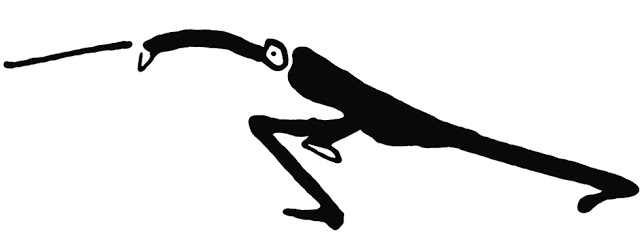In 1963, Philip K. Dick won the coveted Hugo Award for his novel The Man in the High Castle, beating out such sci-fi luminaries as Marion Zimmer Bradley and Arthur C. Clarke. Of the novel, The Guardian writes, “Nothing in the book is as it seems. Most characters are not what they say they are, most objects are fake.” The plot—an alternate history in which the Axis Powers have won World War II—turns on a popular but contraband novel called The Grasshopper Lies Heavy. Written by the titular character, the book describes the world of an Allied victory, and—in the vein of his worlds-within-worlds thematic—Dick’s novel suggests that this book-within-a-book may in fact describe the “real” world of the novel, or one glimpsed through the novel’s reality as at least highly possible.
The Man in the High Castle may be Dick’s most straightforwardly compelling illustration of the experience of alternate realities, but it is only one among very many. In an interview Dick gave while at the high profile Metz science fiction conference in France in 1977, he said that like David Hume’s description of the “intuitive type of person,” he lived “in terms of possibilities rather than in terms of actualities.” Dick also tells a parable of an ancient, complicated, and temperamental automated record player called the “Capard,” which reverted to varying states of destructive chaos. “This Capard,” Dick says, “epitomized an inscrutable ultra-sophisticated universe which was in the habit of doing unexpected things.”
In the interview, Dick roams over so many of his personal theories about what these “unexpected things” signify that it’s difficult to keep track. However, at that same conference, he delivered a talk titled “If You Find This World Bad, You Should See Some of the Others” (in edited form above), that settles on one particular theory—that the universe is a highly-advanced computer simulation. (The talk has circulated on the internet as “Did Philip K. Dick disclose the real Matrix in 1977?”).
The subject of this speech is a topic which has been discovered recently, and which may not exist all. I may be talking about something that does not exist. Therefore I’m free to say everything and nothing. I in my stories and novels sometimes write about counterfeit worlds. Semi-real worlds as well as deranged private worlds, inhabited often by just one person…. At no time did I have a theoretical or conscious explanation for my preoccupation with these pluriform pseudo-worlds, but now I think I understand. What I was sensing was the manifold of partially actualized realities lying tangent to what evidently is the most actualized one—the one that the majority of us, by consensus gentium, agree on.
Dick goes on to describe the visionary, mystical experiences he had in 1974 after dental surgery, which he chronicled in his extensive journal entries (published in abridged form as The Exegesis of Philip K. Dick) and in works like VALIS and The Divine Invasion. As a result of his visions, Dick came to believe that “some of my fictional works were in a literal sense true,” citing in particular The Man in the High Castle and Flow My Tears, The Policeman Said, a 1974 novel about the U.S. as a police state—both novels written, he says, “based on fragmentary, residual memories of such a horrid slave state world.” He claims to remember not past lives but a “different, very different, present life.”
Finally, Dick makes his Matrix point, and makes it very clearly: “we are living in a computer-programmed reality, and the only clue we have to it is when some variable is changed, and some alteration in our reality occurs.” These alterations feel just like déjà vu, says Dick, a sensation that proves that “a variable has been changed” (by whom—note the passive voice—he does not say) and “an alternative world branched off.”
Dick, who had the capacity for a very oblique kind of humor, assures his audience several times that he is deadly serious. (The looks on many of their faces betray incredulity at the very least.) And yet, maybe Dick’s crazy hypothesis has been validated after all, and not simply by the success of the PKD-esque The Matrix and the ubiquity of Matrix analogies. For several years now, theoretical physicists and philosophers have entertained the theory that we do in fact live in a computer-generated simulation and, what’s more, that “we may even be able to detect it.”
Related Content:
Robert Crumb Illustrates Philip K. Dick’s Infamous, Hallucinatory Meeting with God (1974)
The Simulation Theory Explained In Three Animated Videos
Josh Jones is a writer and musician based in Durham, NC. Follow him at @jdmagness
